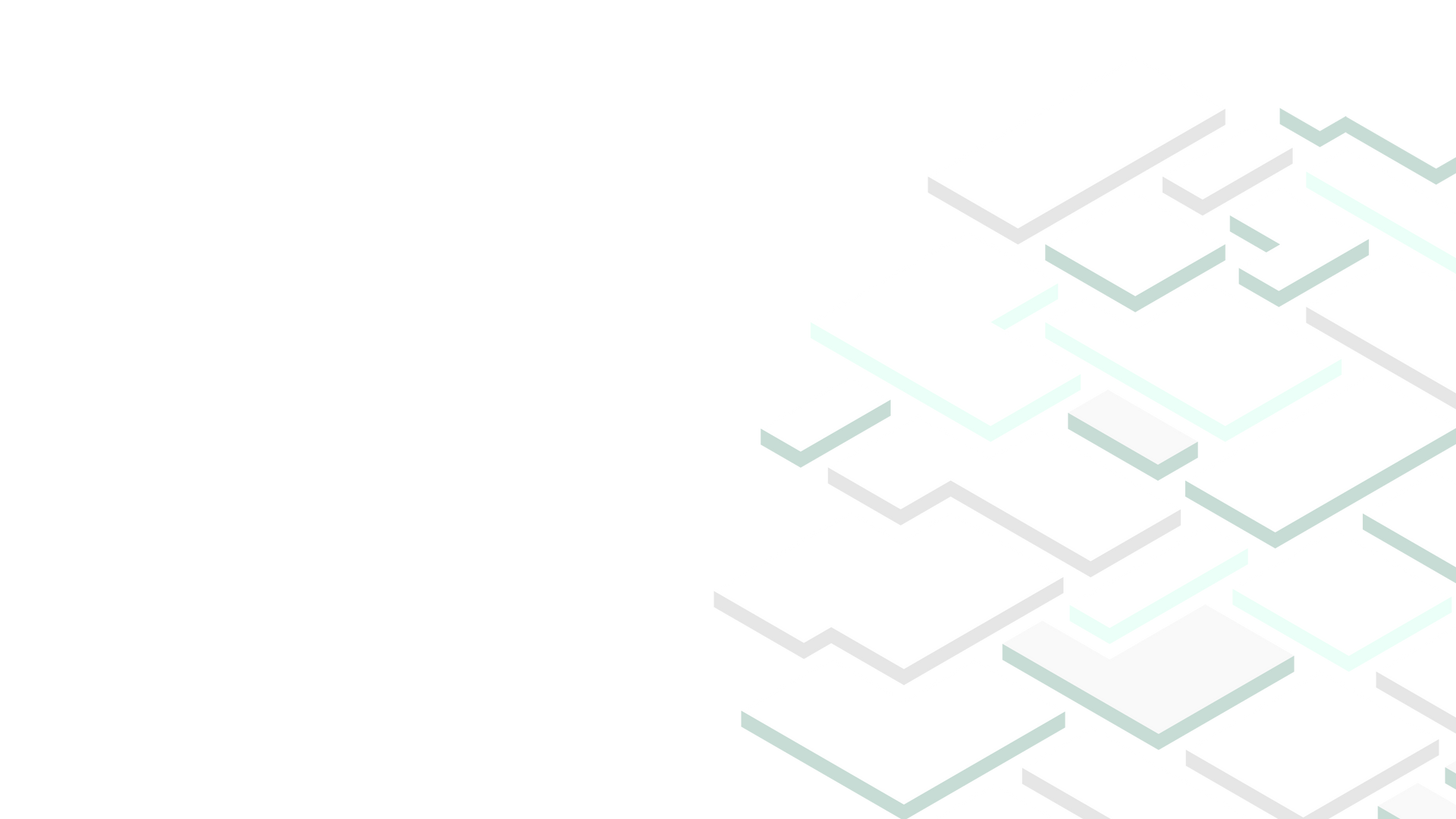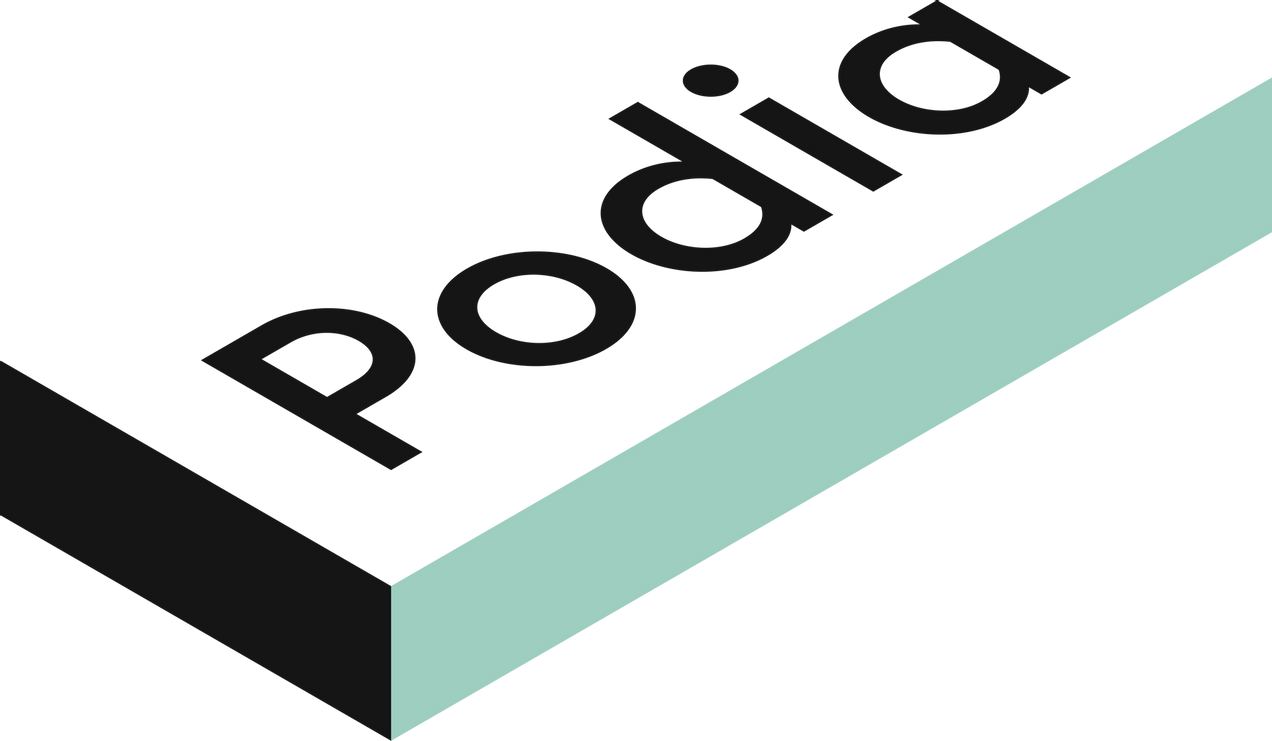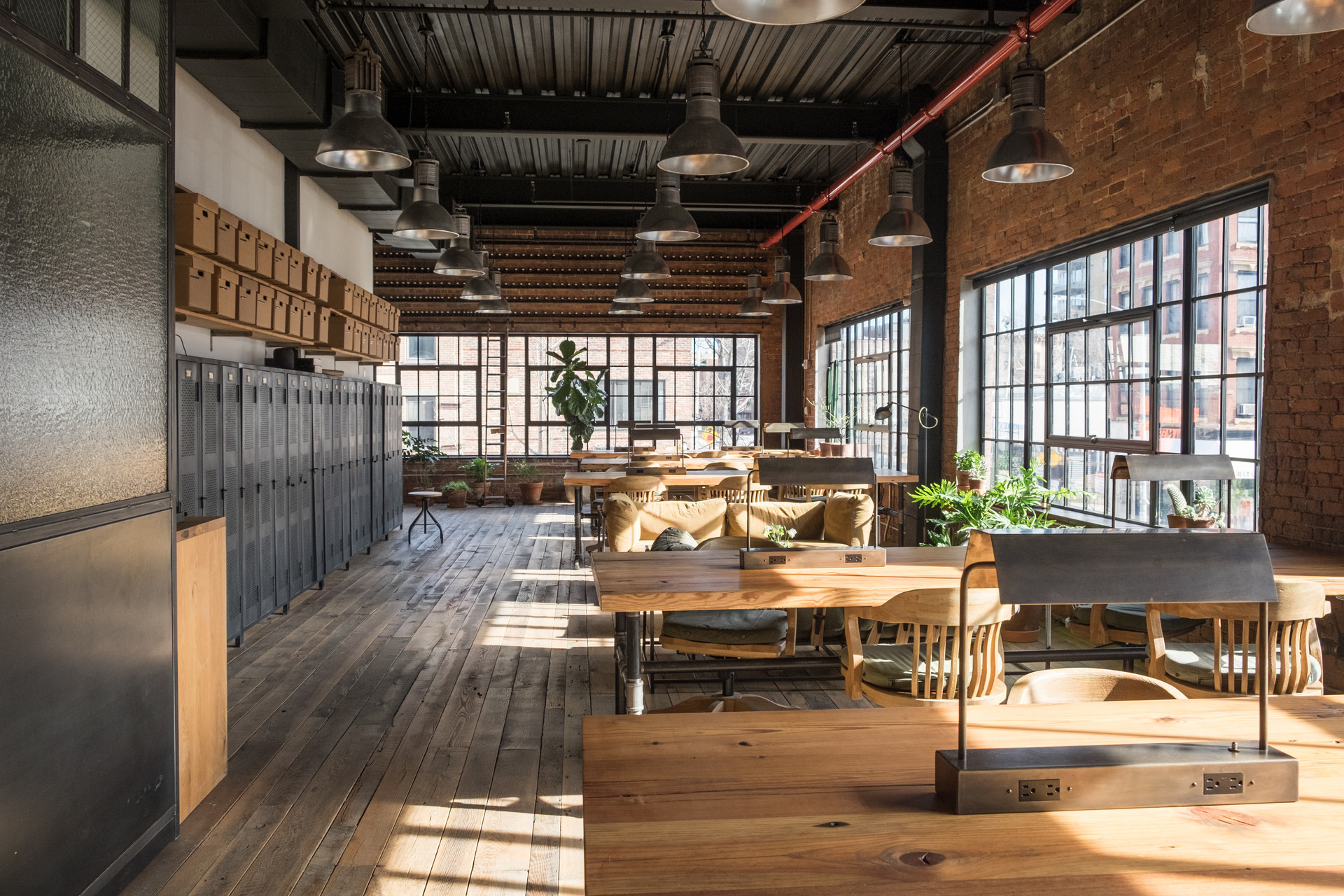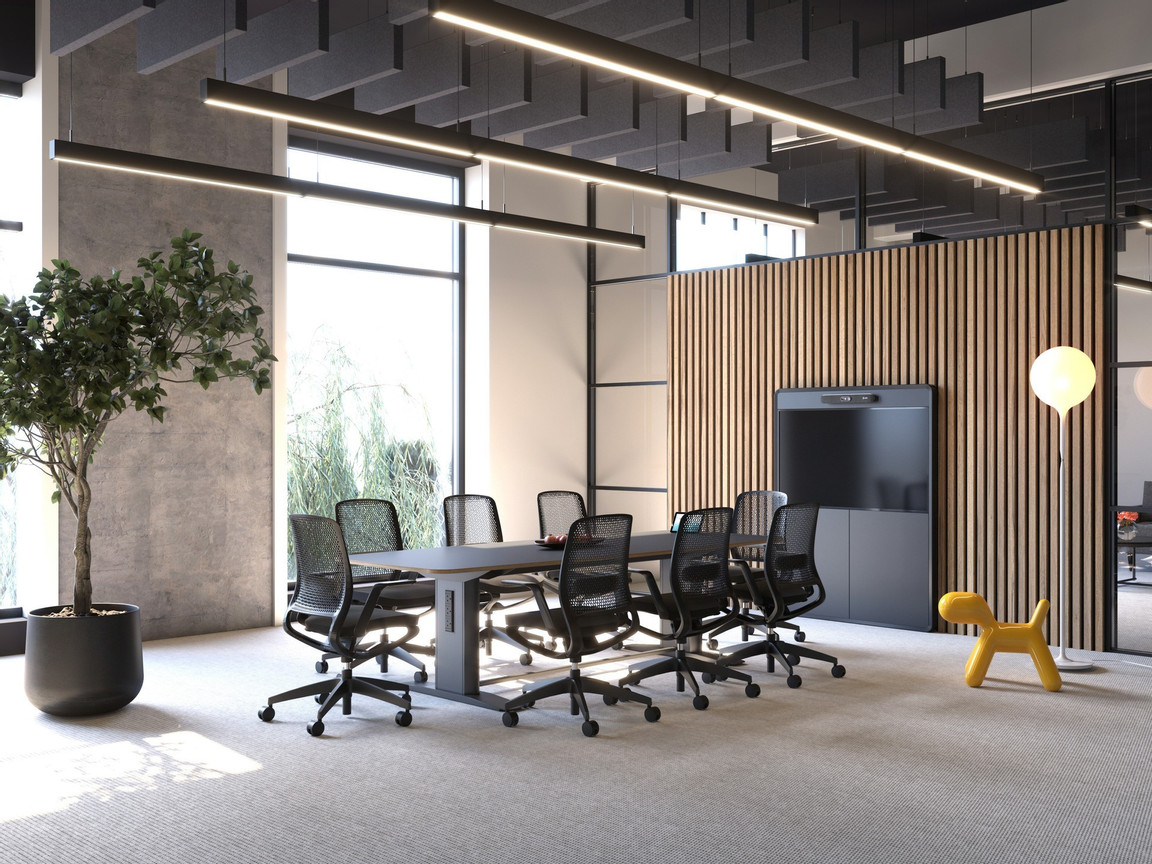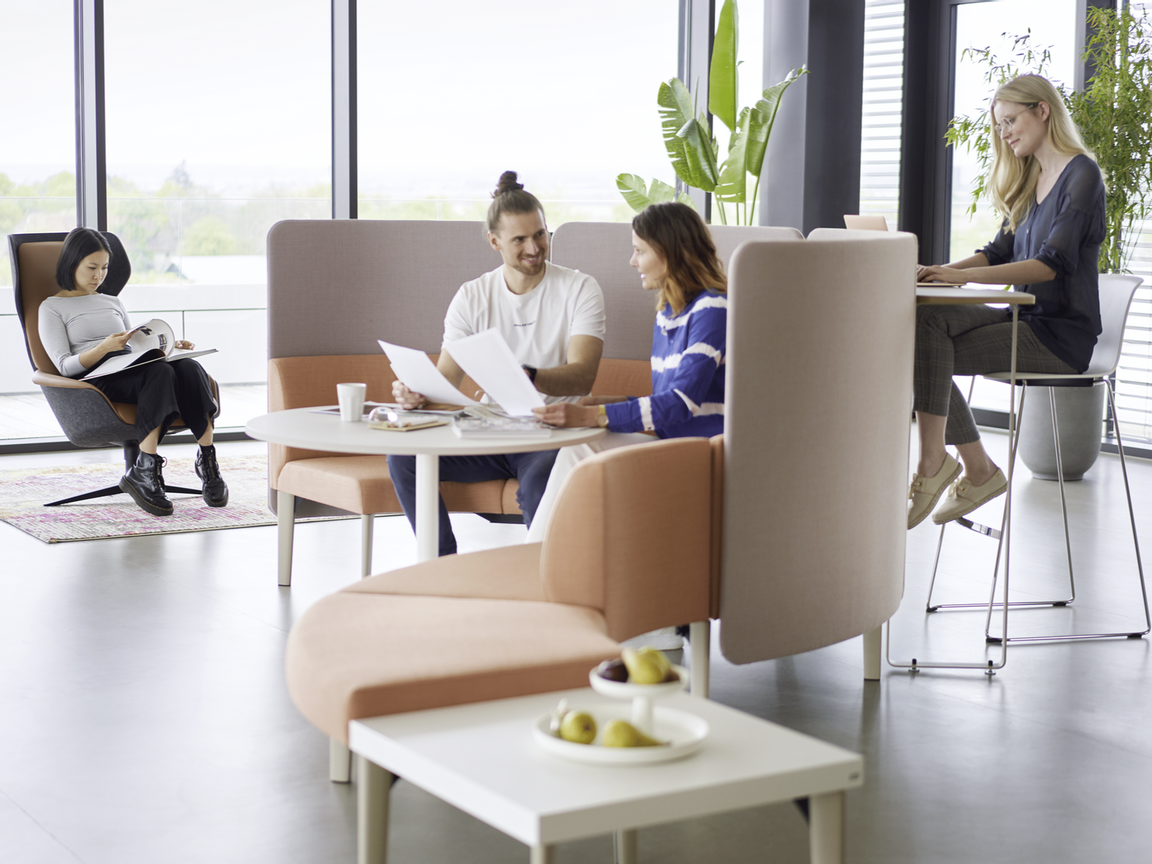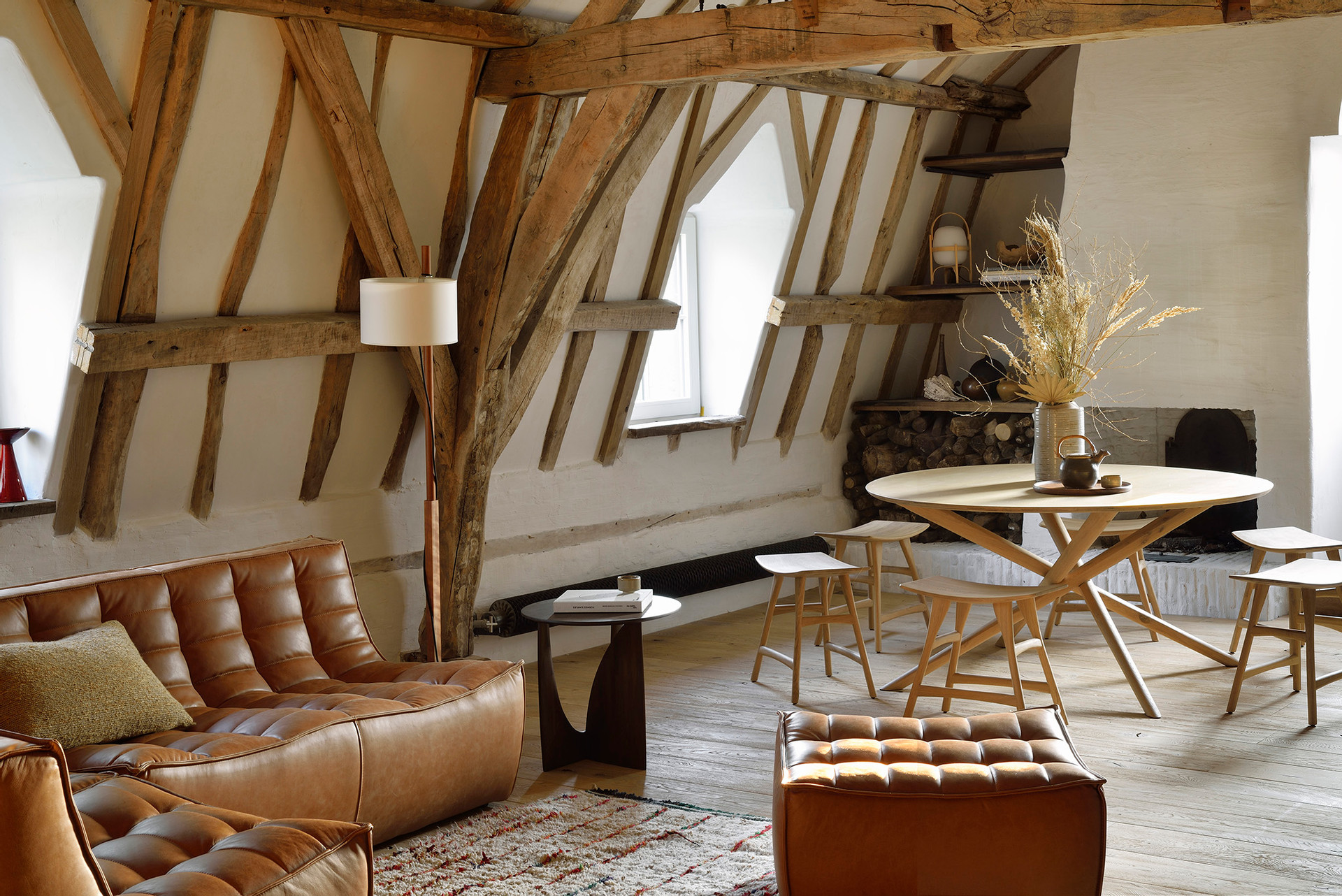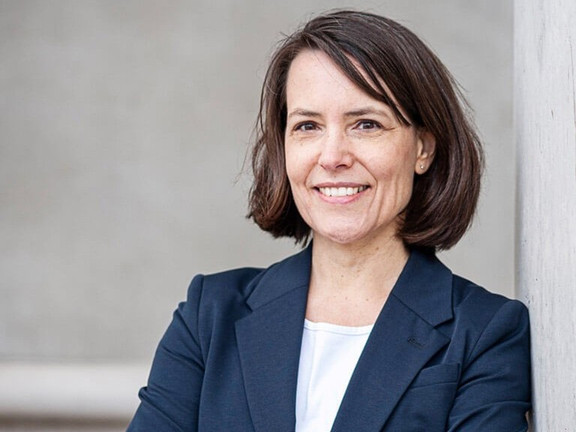Office trends 2023
22.12.2022
In the last two years, there has been a big rethink about the design and conception of office space. The reason for this was, of course, partly the pandemic, but the growing importance of New Work topics and the competitive labour market for skilled workers were also decisive. What role office design plays in this and what trends are in store for us in 2023, we discussed with interior designer Stefanie Reschke.
Every company is unique - the courage to be individual
One of the biggest developments is that companies want to make their offices more individual. Off-the-peg office equipment was yesterday, today it is much more about corporate design and corporate identity being reflected in the office. On the one hand, this is about colours and materials, but on the other hand, it is also about the way an office expresses itself and what mood and atmosphere should be conveyed.
Corporate colours naturally play a major role here. With a few simple tricks, a company can give its office space an individual touch. Especially popular: conference chairs or lounge areas in corporate colours.
Through their office design, companies have the opportunity to offer employees a platform for identification. Because an office is more than a constellation of furniture and electronics. Through the design of an office landscape, a company can express which culture it wants to represent: Is the furnishing stylish and creative? Does the office appear straightforward and elegant? Or is the focus on individuality and agility? All this can be controlled by the choice of the interior. Think about your company's values, missions and goals - you're sure to find ideas on how to tailor your office design to your company.
People who feel good in the office also like to spend time there
Hybrid working solutions are the new normal, even where they were not before COVID. Even the most conservative employer has now realised that employees work productively in a home office. And more importantly, that having the option to work remotely has become a basic requirement for most people. The result of this new working world: the boundaries between office and home are becoming increasingly blurred.
Modern office design is developing in a more homely and cosy direction. Whereas office furniture used to have to be plain and monotonous, today friendlier and softer colours and cosier materials with haptic structures are desired. For many companies, it is increasingly important to create a pleasant atmosphere in the office. After all, employees only enjoy spending time in offices where they really feel comfortable. And the long-term goal of many companies is to offer employees more incentives to want to spend time in the office.
Make yourself comfortable
The buzzword of the hour is "sustainability" - and not just since today. What is nevertheless emerging as a new trend: this word is being filled with content more and more. People involved in office design and planning are increasingly questioning the sustainability of products and concepts. In future, it will be more a matter of looking behind the façade and asking: what exactly makes a product sustainable?
The first obvious question is how materials become sustainable. Where do they come from, what are they made of, are the materials actually recycled or is it greenwashing? Our awareness of these kinds of questions is growing daily and will continue to play an increasingly important role in 2023.
Less obvious, however, are aspects of sustainability that affect one's own office. Many companies have recently started to look at how they can make their buildings, their production or their deliveries more sustainable. Topics such as green electricity, renewable energies or even automated lighting and heating models play a role. In many places, people are thinking about whether paperless offices can be implemented - or even whether the next flight to the customer is really necessary or can also take place via a team call.
Above, we told you that companies want to make their offices increasingly individual. This, too, is basically a development towards sustainability. Because fast-moving trends are thus being replaced by lasting, stable and consistent identities. This is not only good for corporate culture and employee loyalty, but also for the environment. Because if new products are produced less frequently, resources are saved and nature is protected.
Communication is the be-all and end-all
You've already noticed: all these trends can be linked together. They all signify a new era of office design and an office world of the future. Another result of hybrid work is that offices have become places of communication and collaboration. Concentrated work can also be done from home - at least that's how many people feel. But what can never be replaced in the home office is social interaction among colleagues.
A new focus is therefore developing in the direction of communication areas. However, interior designer Stefanie Reschke believes that these can also be rethought. Today, companies have many possibilities to create agile, flexible and creative areas in which the exchange among colleagues can be promoted. In this sense, it could also happen that a company decides to replace the classic conference room with a new, individual concept. This can even go far beyond office furniture: perhaps you simply go for a walk with your colleagues instead of sitting in a meeting room. This not only promotes oxygenation and blood circulation, but can also lead to creative ideas and spontaneous brainstorming. "Out of the box thinking" is called for here. For those who like it more classical, there are also plenty of new interior concepts that focus on agile working. How about a laboratory-like meeting room, for example, where the furniture can be flexibly moved and folded? The motto is: anything is possible as long as you know what you want to achieve.
Stefanie Reschke - professional with sensitivity for colour and structure.
The interior designer has been able to gain more than 20 years of practical experience in a wide variety of fields. Since 2020, Stefanie Reschke has been the owner of the only material sample library in northern Germany with materialraum and is also an interior designer for Podia.
